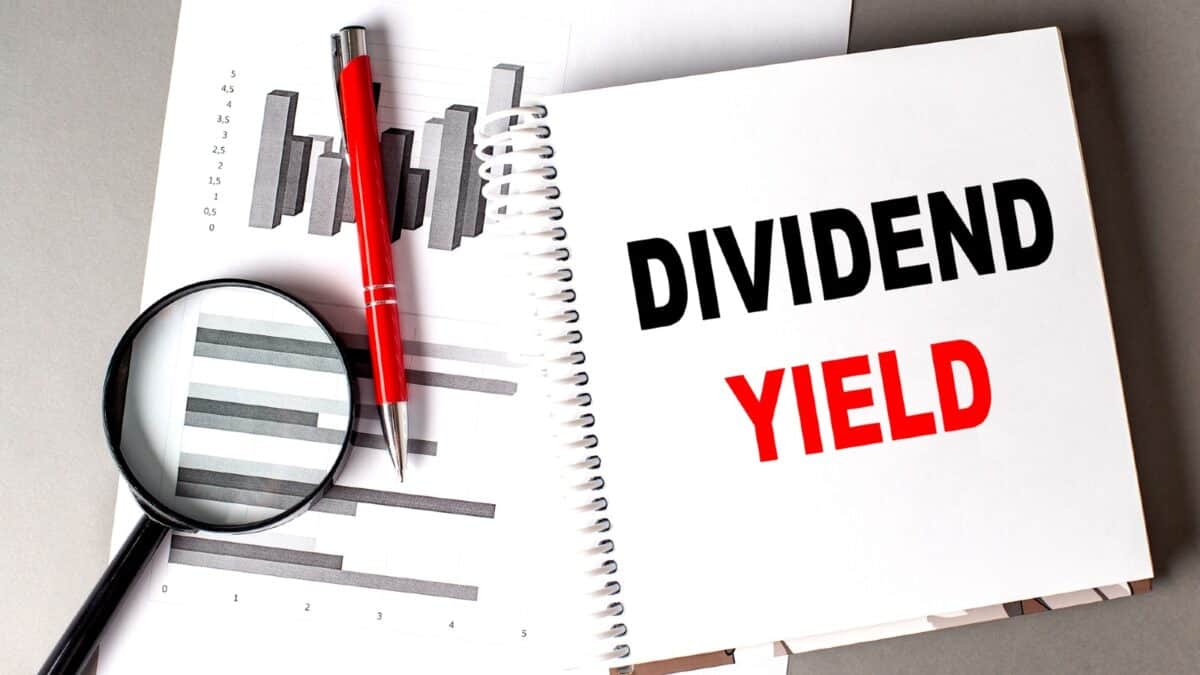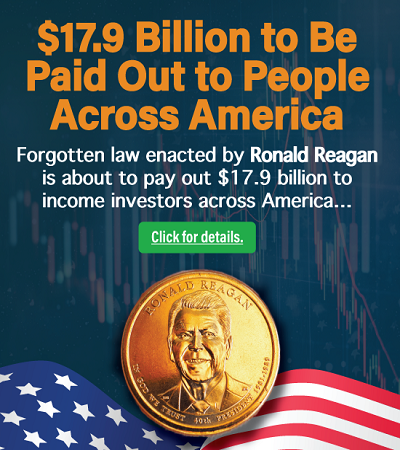Right now, shares in Rolls-Royce (LSE:RR) come with a dividend yield of 0.74%. That’s not particularly high, but analysts are expecting some strong growth over the next few years.
I think, however, there’s a lot of uncertainty around the amount the firm is going to return to shareholders. And that means investors should be very wary about relying on forecasts.
Dividend growth
This year, Rolls-Royce looks set to distribute 6p per share (that’s strictly the 2024 dividend). With the stock at £8.15, that’s doesn’t exactly stand out.
Yet analysts are expecting the dividend to reach 10.03p per share by 2027 (paid in 2028). That would be a substantial increase from the current level.
| Year | Dividend per share | Change (%) | Yield (£8.15 share price |
|---|---|---|---|
| 2024 | 6p | – | 0.74% |
| 2025 | 7.8p | 30% | 0.96% |
| 2026 | 9.01p | 16% | 1.11% |
| 2027 | 10.03p | 11% | 1.23% |
I suspect income investors are unlikely to be particularly moved by a prospective yield of 1.23% three years from now. But I don’t think relying solely on these forecasts is a good idea.
Rolls-Royce has a slightly tricky dividend policy. The aim is to distribute between 30% and 40% of underlying pre-tax profits as dividends, but this means a couple of things for investors.
Dividend policy
A range of between 30% and 40% leaves quite a lot of scope for variance. If someone sets an expectation at the mid point, the eventual result could be 16% lower or 12.5% higher.
On top of this, underlying pre-tax profit is an adjusted measure. In other words, the number Rolls-Royce reports is partly the result of excluding costs it thinks distort the overall picture.
That makes forecasting somewhat difficult and while there are estimates for pre-tax earnings, one thing stands out. By 2027, the figure is set to increase by 41% – less than the dividend.
| Year | Pre-tax profits |
|---|---|
| 2024 | £2.25bn |
| 2025 | £2.86bn |
| 2026 | £2.76bn |
| 2027 | £3.18bn |
This tells me analysts are expecting Rolls-Royce to distribute a higher percentage of its profits in 2027. That is possible, but I think it’s important to note this is what’s being priced in.
Outlook
Of course, all of this depends on how the underlying business fares over the next few years. And I think there’s reason for potential investors to be optimistic.
Rolls-Royce has several potential growth opportunities ahead. These include expanding into narrow-body aircraft, a transition to sustainable fuels, and the rise of small modular reactors.
Investors should be mindful, though, of the fact that things can go wrong quickly with this type of business. A recession weighing on travel demand could cause profits to fall away sharply.
If that happens, then shareholders can forget the current projections for future earnings and dividends. So this is something investors need to assess carefully.
Dividend forecasts
When it comes to dividends, analyst forecasts can be useful. But I think with stocks like Rolls-Royce, investors have all the tools they need to try and come to their own conclusions.
The company has specified a dividend policy of between 30% and 40% of its pre-tax profits. And I’m not sure it’s possible for anyone to be more precise than that.
After that, the question is what those profits will be, which is about threats and opportunities. But I think investors should judge this for themselves, rather than relying on analysts.
This post was originally published on Motley Fool




